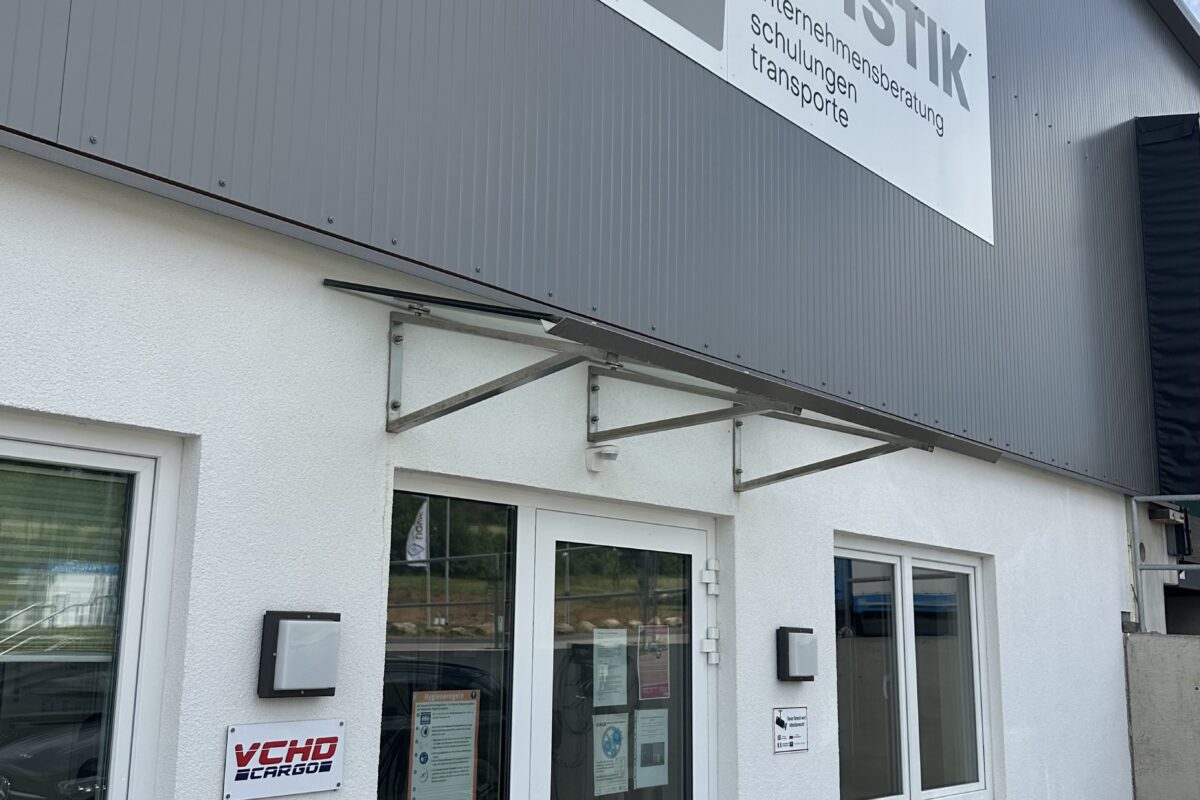The cooperation between VCHD Cargo and the Czech SAR Team, the largest Search & Rescue organisation in the country, was initiated by an employee who is a member of the organisation. From 2021, VCHD Cargo supports the activities of these volunteer rescuers, who, as one of the other components of the integrated rescue system, assist in the search for people in inaccessible terrain and urban areas. “We see meaning in the work of voluntary rescuers and appreciate their commitment, which they all do outside their profession,” says Ing. Petr Kozel, CEO and Chairman of the Board of VCHD Cargo a.s., and adds, “we always contribute to specific equipment that makes their work easier.” This year, the company supported the purchase of trailer equipment that enables the safe transport of injured or disabled people from difficult terrain.
This year, VCHD Cargo also directed its support towards disadvantaged children. It has started cooperation with „Řidiči pomáhající dětem”(Drivers helping children), a non-profit organisation made up mostly of professional truck drivers, which focuses on supporting children from orphanages. Every year, the drivers organize „Kamion Fest”(Truck fest) and other cultural, social or sporting events, the proceeds of which go to the Nová Ves orphanage near Chotěbor. “We appreciate the activity that has emerged from truck drivers across the country, which serves a good cause – supporting children who are not lucky enough to grow up in a family environment,” says Petr Kozel, adding, “We like to give our support to the most vulnerable in our society.”





